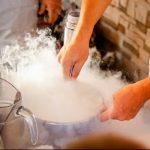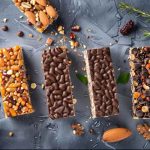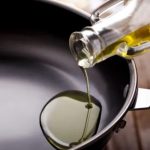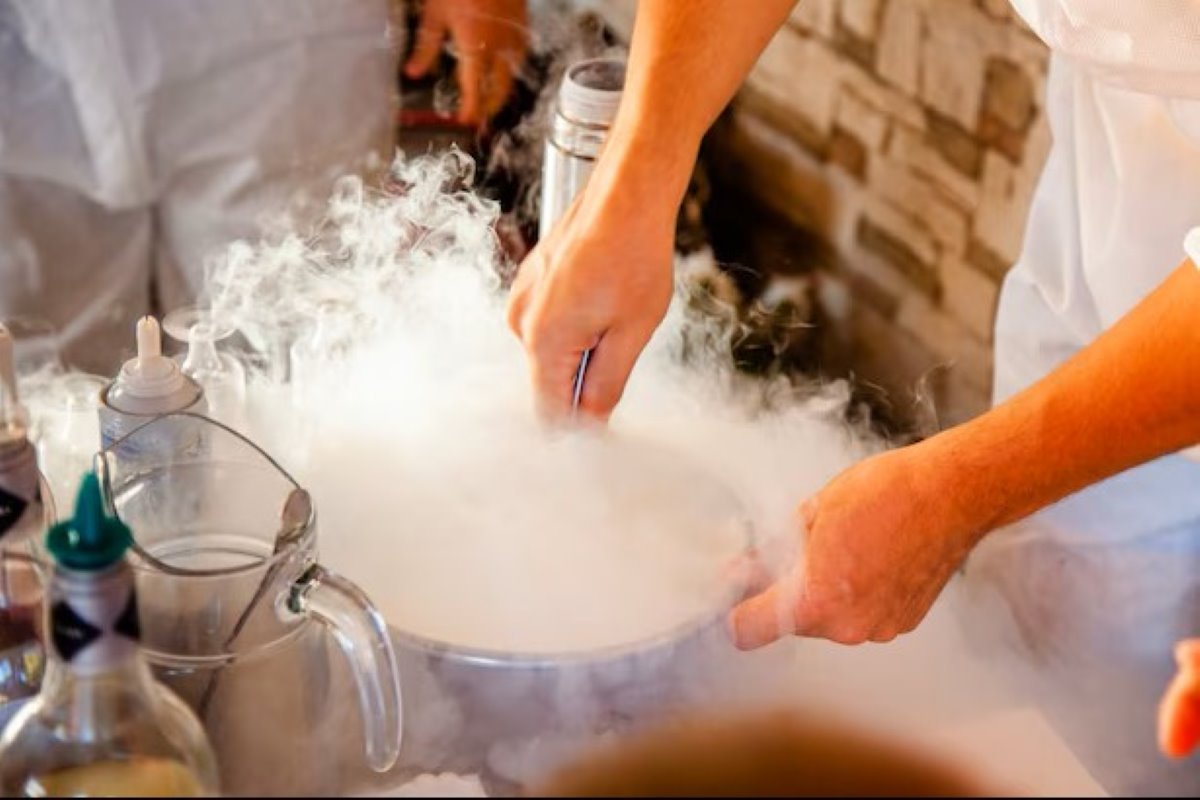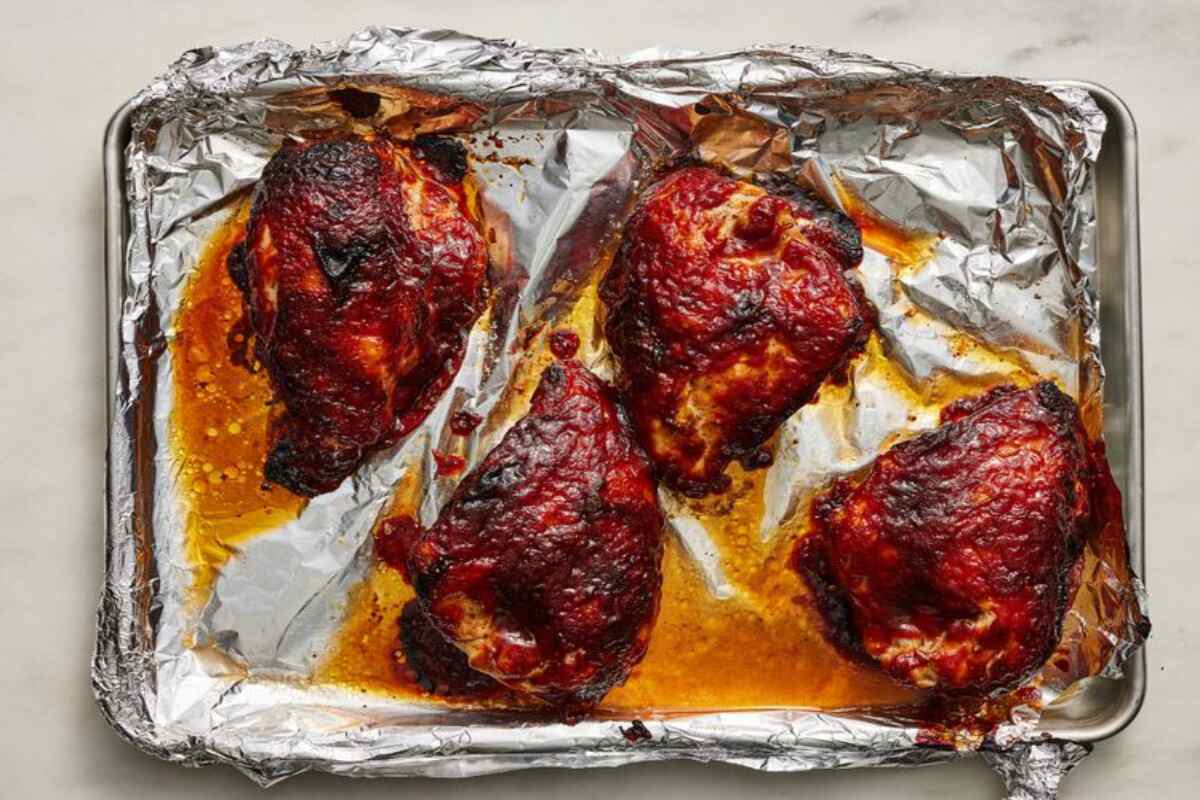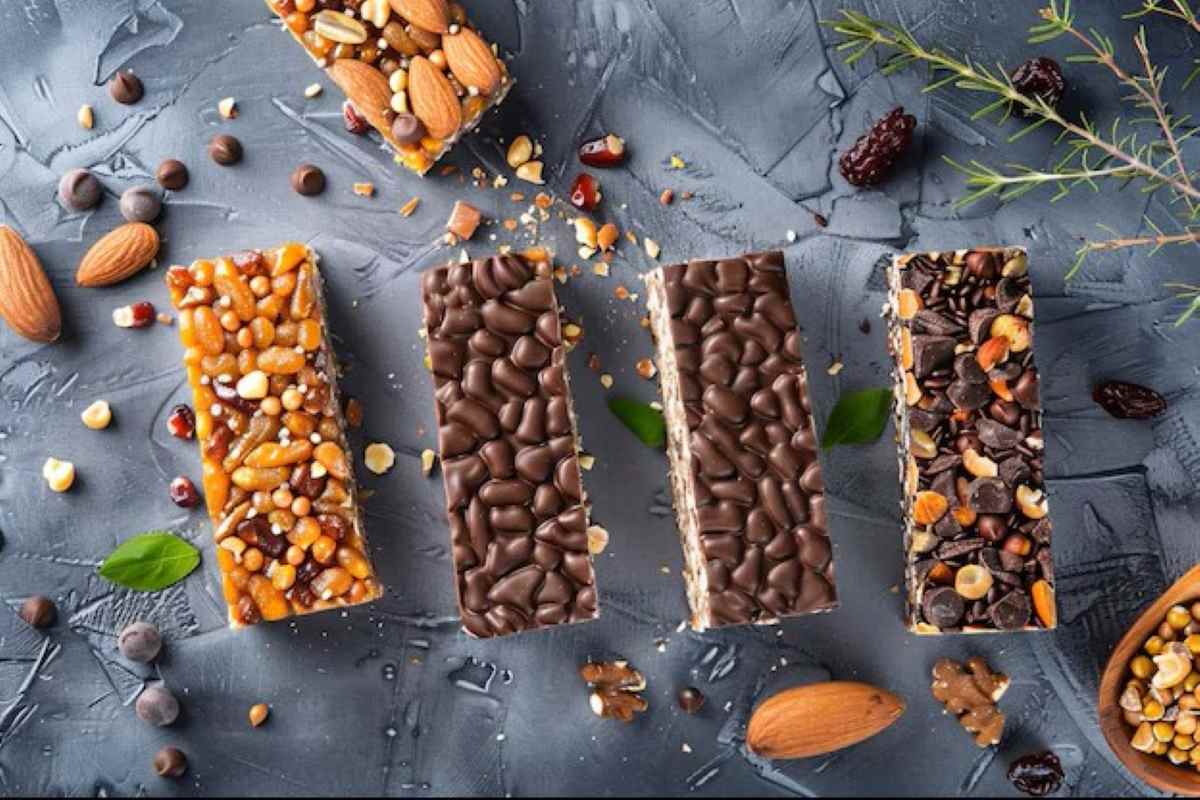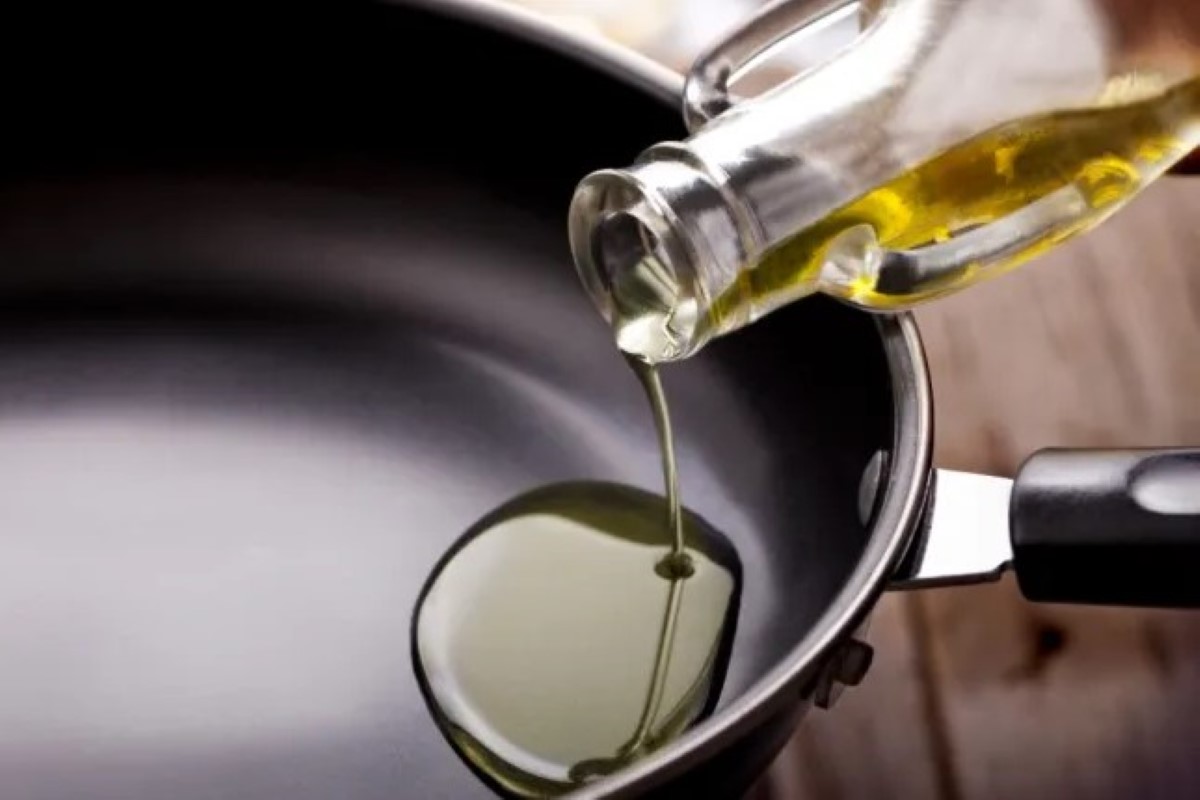If you’ve ever tried a DIY recipe of Dalgona coffee and came up with something subpar, understanding the science behind whipped coffee is the way out. Dalgona coffee first went viral on the wings of the #dalgonacoffeechallenge hashtag during the early stages of the COVID pandemic. The DIY recipe of the coffee beverage was first mentioned on a South Korean TV show.
The simplicity of the dalgona coffee recipe and its ingredients made it catch on rapidly as a global trend. The exquisite and alluring beverage only requires whipping equal volumes of instant coffee, sugar and hot water.
So, how come the same ingredients for making a plain cup of coffee easily form a stable foam? It all boils down to understanding dalgona coffee chemistry and how whipped coffee works.
In this piece, we shall explain how the science of emulsification, coffee chemistry and aeration make it possible to produce whipped coffee at home. Stick with us and see that making delicious dalgona coffee is not some culinary magic but kitchen science.
What Is Whipped Coffee?
You must deduce already that whipped coffee and dalgona coffee are the same. The ‘dalgona’ moniker came from a reference in a popular Korean TV show that enjoyed wide viewership during the COVID lockdown. One of the actors on the show, Jung Il-woo, compared the taste of whipped coffee to a local honeycomb candy called Dalgona.
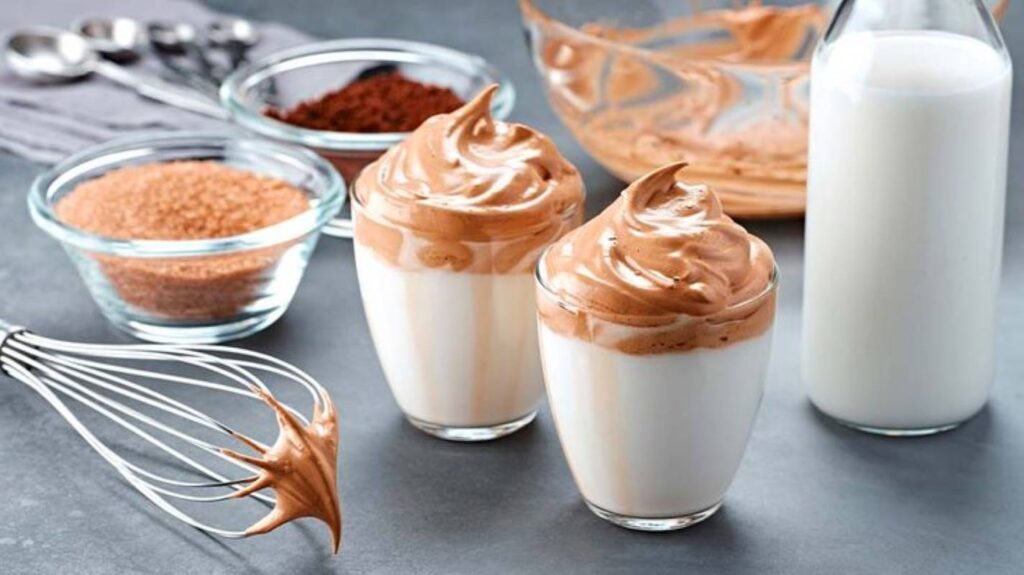
Instant coffee, granulated sugar and water are the key ingredients for whipping coffee into a foamy and fluffy mass. However, the link between coffee and foam reaction is way more than just slapping the three ingredients together. Mixing and proportioning the ingredients is key to achieving the coffee foam stability of dalgona coffee.
Social analysts are not surprised that whipped coffee became a trend in 2020. Several people around the globe suddenly had a lot of time to kill. In addition, the chemistry behind dalgona coffee looks easy, so several people saw it as a worthy recreation challenge during the lockdown.
ALSO READ: RFK Jr. Cracks Down On US Food Companies Using Artificial Additives
Why Instant Coffee Works (and Coffee Grounds Doesn’t)
Most variants of the dalgona coffee recipe list ‘instant coffee’ as the acceptable coffee type for the formulation. So, why this specification? Can’t we use unbrewed coffee grounds for whipping up the foamy drink? The answer to that question lies within kitchen science and culinary chemistry.
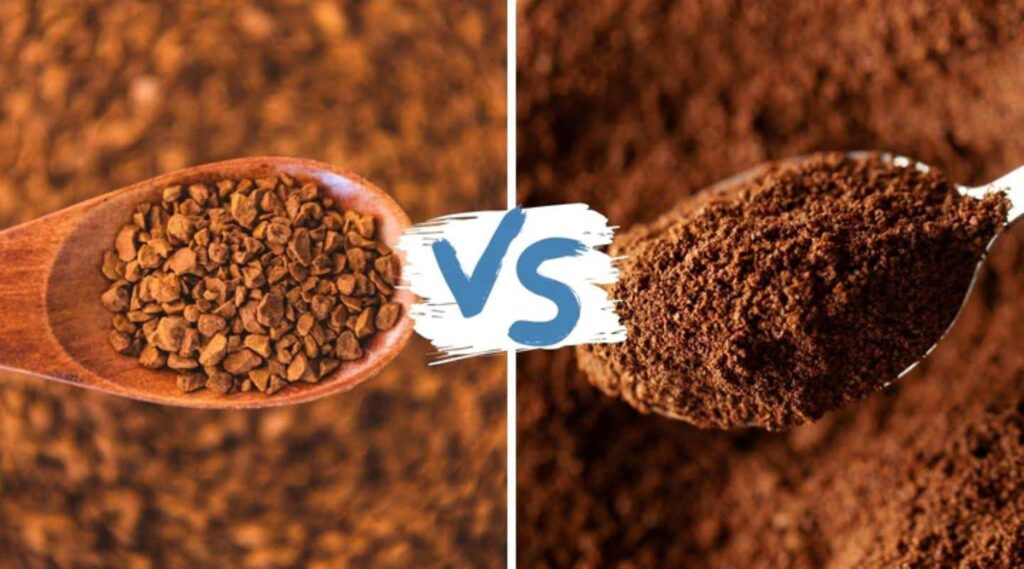
The properties and the sophisticated brewing process of instant coffee make it hydrate easily during whipping. Brewing instant coffee involves roasting, grinding and brewing coffee beans. Afterwards, the coffee processor then converts the brew into powder using a similar drying method for making instant milk, spray drying.
Summarily, instant coffee mixes with water way easier than coffee grounds. This attribute makes it easy for the coffee-water-sugar blend of dalgona coffee to mix evenly during whipping. The ease of whipping equally makes foam formation a possibility.
The Science of Foam Formation
Initiating a foaming reaction in food products could be as easy as beating a mixture with a whisk. However, stabilizing foamy mass formations in foods is another ballgame altogether. Coffee foam science tells us that while instant coffee forms the foam, another ingredient confers stability.
Surfactants, or surface-active agents, make foaming reactions in foods possible. These are often soluble materials that help increase the surface tension of the liquid portion of a mixture. Interestingly, instant coffee naturally contains surfactants, which make it foam when poured or mixed. Beer and some wines are other popular beverages that contain surfactants and easily form foam.
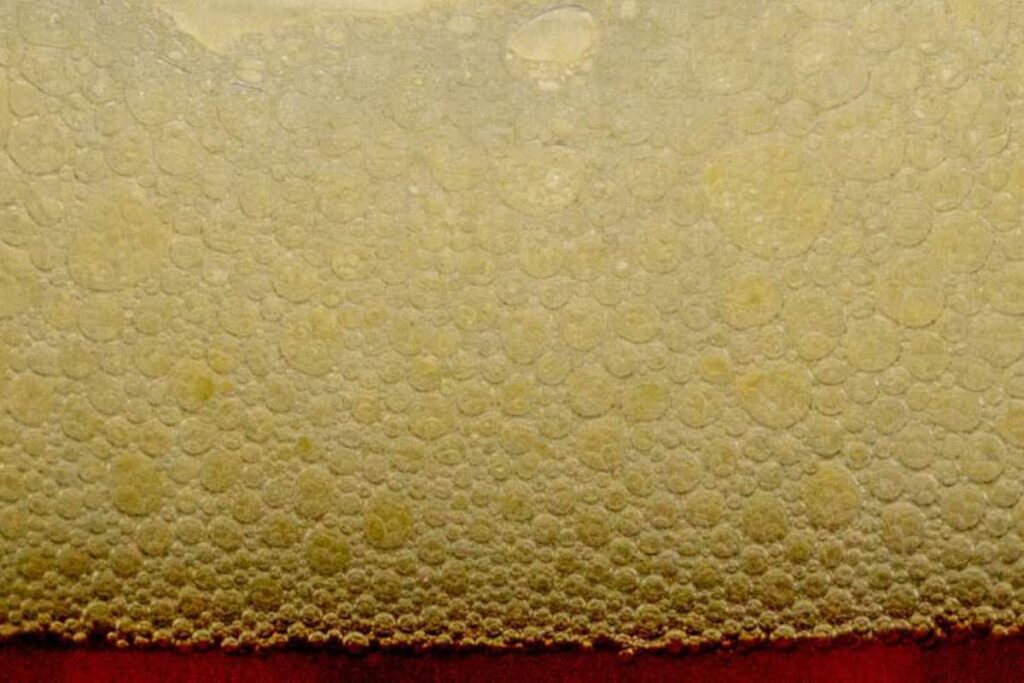
The reason why whipped coffee foams is the sugar content. The science behind whipped coffee foam stability is that sugar makes the mixture more viscous. So, after eventually forming the foam, it holds together well, so much so that it does not break apart when poured over a liquid like milk.
How To Make Some Whipped Coffee At Home?
Despite breaking down the science behind whipped coffee and the scientific implications of each ingredient, we will be doing you a great disservice by not providing a DIY recipe for the delicious beverage.
So, to make a delicious batch of dalgona coffee at home, provide an equal volume of the three key ingredients: coffee, water and sugar. Next, follow the steps below:
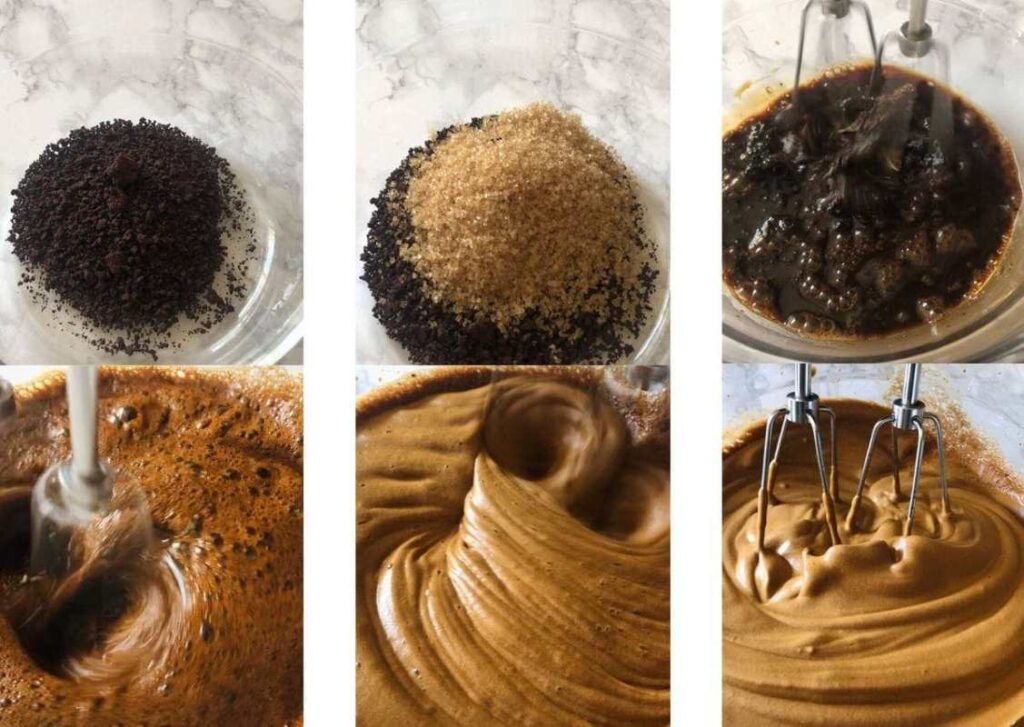
- Add 3 tablespoons of your choice of brand of instant coffee into a bowl
- Also, add 3 tablespoons of granulated sugar into the same bowl
- Using the same tablespoon, introduce three measures of water
- Whip the bowl’s content rigorously until the mixture forms a foamy and fluffy mass
- Scoop spoonful portions from the prepared batch and stylishly add to glass cups containing milk or some other drink.
Disclaimer: We chanced on several funny comments under ‘dalgona coffee recipe’ videos on YouTube. So, we strongly advise using a frother, hand mixer or stand mixer, not a manual whisk, for the whipping process. Of course, except you care nothing for whipped coffee and prioritize building your arm muscles.
ALSO READ: Making Your Own Kombucha at Home—Step by Step!
The Shelf Life of Whipped Coffee Foam
Just in case you cannot finish an entire batch of homemade whipped coffee at a go, feel free to store it in your fridge. Under this storage condition, a well-prepared whipped coffee will keep for 2-3 days. However, an important tip is to avoid temperature shocks. For example, avoid exposing the stored batch to ambient temperatures for too long when you have to bring it out of the fridge.
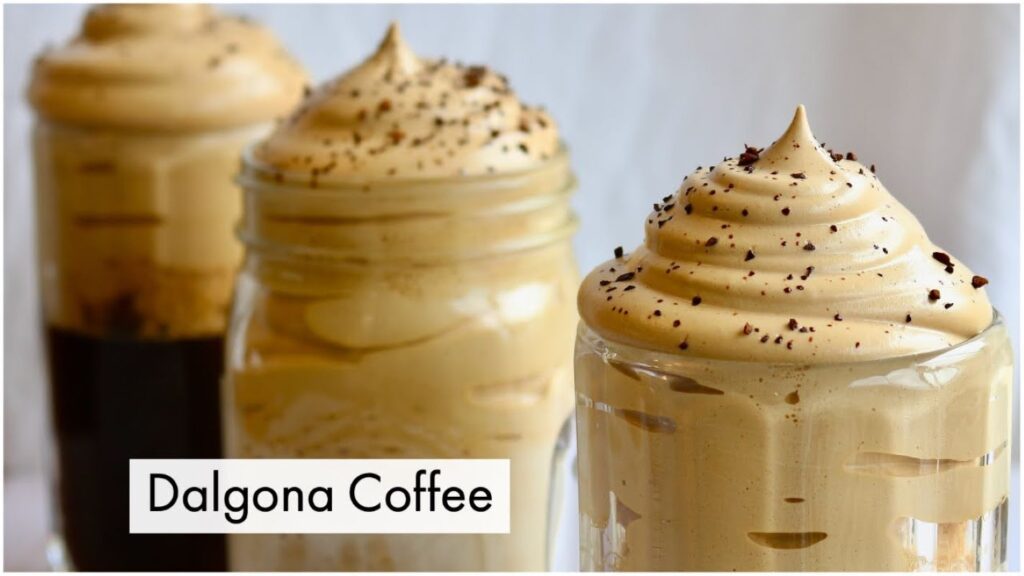
Storing in a freezer can help your whipped coffee batch keep for as long as two months. Also, do not alternate your whipped coffee between the fridge and freezer compartments of the refrigerator.
Now, for a final recap of the science behind whipped coffee. Dalgona coffee, as it is popularly called, is a mass of sugar, coffee and air evenly mixed to form micro-bubbles and a foam structure. This simple drink is a typical example of culinary creativity from kitchen chemistry. Feel free to try your gourmet recipe at home and let us know how it goes.

